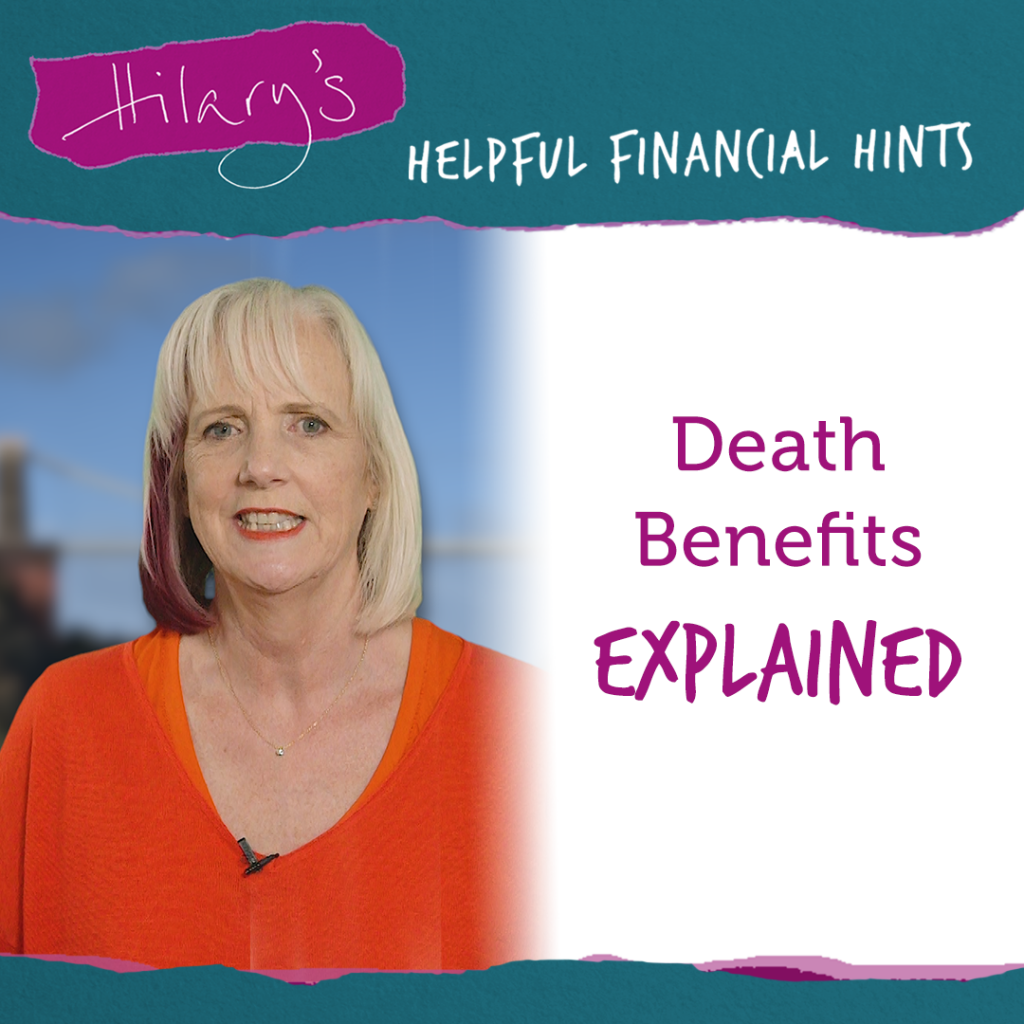Dividends and Pensions: An Easy Guide for Business Owners
Are you a small to medium-sized business owner? Has your accountant recommended you to draw a lower salary and higher dividends? If so, have you considered maximising tax reliefs through larger company pension contributions?
Understanding Your Annual Pension Contribution Limit
For the current tax year, ending on 5th April 2024, the standard annual pension contribution limit, known as the Annual Allowance, stands at £60,000. You might be thinking of making a personal contribution to your pension scheme that exceeds this limit. Fortunately, the Carry Forward rule allows you to use unused allowances from up to three previous years.
Navigating Your Pension Contribution Limit with a Low Salary and Dividends
However, there’s a twist if you draw a low salary and use dividends to supplement your income, probably to minimise your tax. Your personal pension contributions are restricted to the level of your net relevant earnings (NRE). These are your taxable earnings after deductions but excluding dividends. Therefore, your NRE might be lower than the Annual Allowance, limiting your personal contribution.
The Benefit of Company Pension Contributions
This is where your company comes in. Employer contributions aren’t limited by your NRE, which means your company can contribute up to the Annual Allowance plus any carried forward unused allowance if necessary. Plus, these contributions typically qualify as tax-deductible expenses, providing relief against corporation tax.
Watch Out For Allowance Restrictions
Remember to confirm whether you qualify for the full standard Annual Allowance. Beware of restrictions such as the Tapered Annual Allowance or the Money Purchase Annual Allowance, both of which could reduce your maximum contribution to £10,000.
Case Study: Maximising Pension Contributions
Let’s illustrate this with an example. John, 50, is a director and shareholder of PlanA Ltd from which he draws an annual salary of £12,000 and dividends of £80,000. He hasn’t been making any pension contributions but has an old personal pension from years ago, which has a value of about £10,000.
John has the opportunity to buy a small commercial property and likes the idea of doing this through his pension fund. But how to get enough into his pension fund?
John’s personal contributions are limited to his NRE (£10,000).
The solution? His company steps in to make the pension contribution, potentially benefiting from corporation tax relief. John can receive a company pension contribution of up to £180,000 in the current 2023/24 tax year, with his unused Annual Allowance and carry forward allowances from the past 3 years.
In conclusion, it’s essential to understand your pension contribution limits and possibilities. Leveraging your company’s ability to make contributions can provide significant benefits, optimising your tax situation, and allowing you to reach your financial goals faster.






